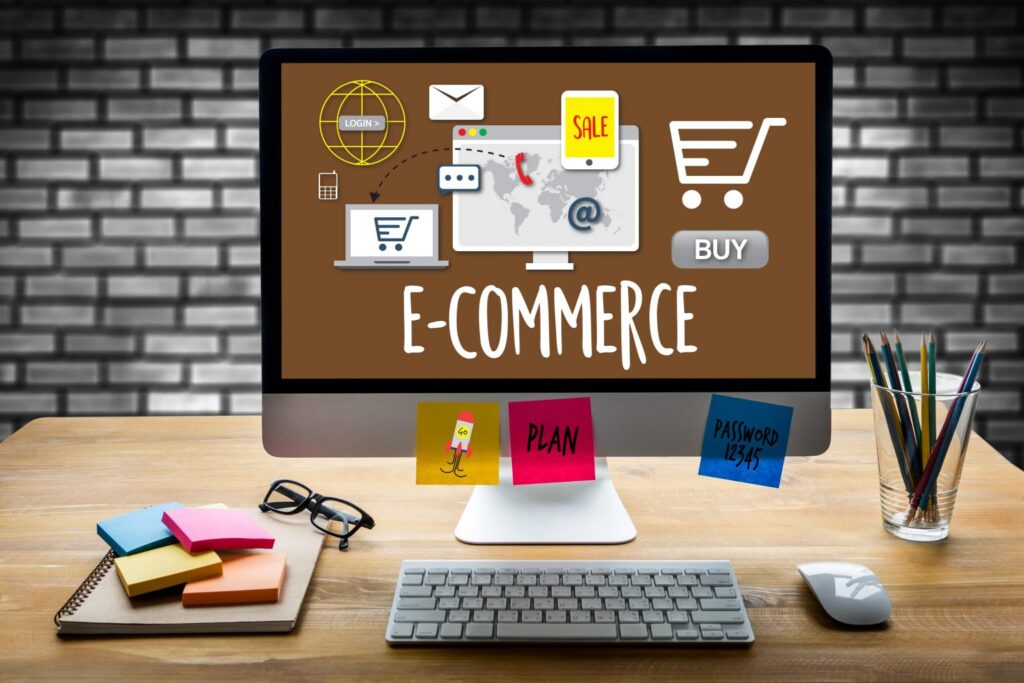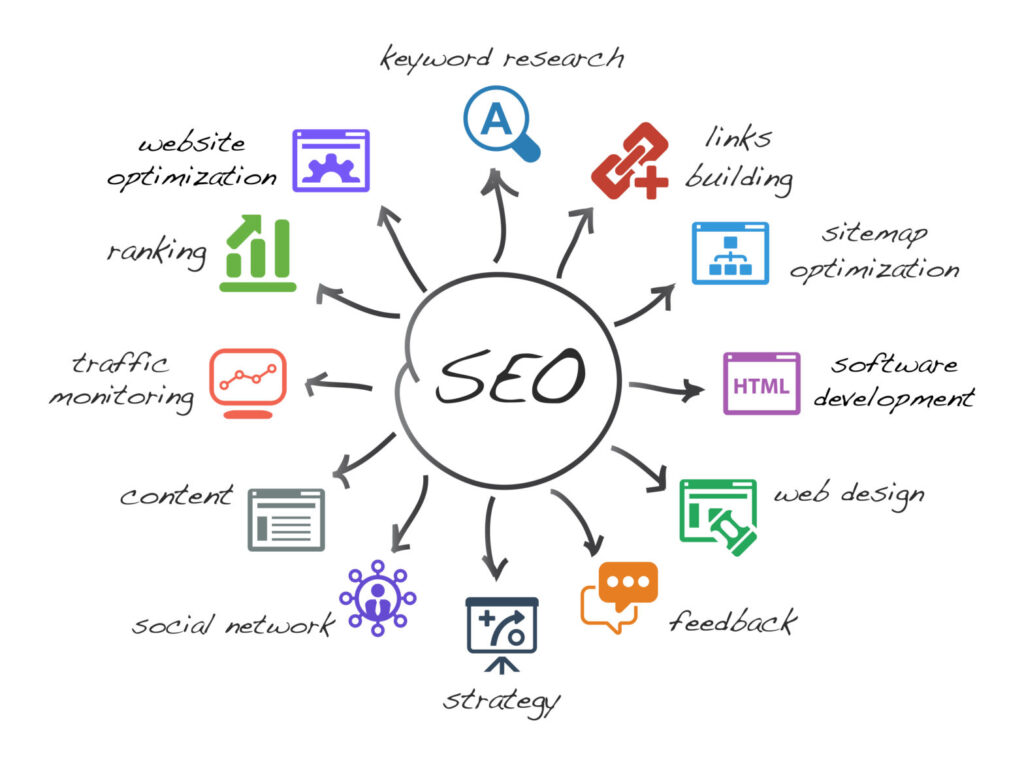Top Ecommerce Marketing Strategies to Boost Your Online Store in 2025

In today’s digital-first world, ecommerce is booming like never before. With more consumers shopping online, businesses must adopt smart, effective marketing strategies to stand out and thrive. At Digital Innovate, we understand the challenges ecommerce brands face in attracting traffic, converting visitors, and building loyal customers. That’s why we’ve put together this ultimate guide to ecommerce marketing strategies that will help you grow your online store in 2025 and beyond.
Why Ecommerce Marketing Matters
Ecommerce marketing is the art and science of promoting your online store to increase visibility, drive traffic, and convert visitors into paying customers. Unlike traditional retail, ecommerce marketing requires a strong digital presence across multiple channels and a deep understanding of consumer behavior online.
The goal is simple: get your products in front of the right audience at the right time and convince them to buy — and keep buying. But with fierce competition and ever-changing algorithms, this requires a strategic approach.
1. Invest in SEO to Drive Organic Traffic
Search Engine Optimization (SEO) remains the cornerstone of ecommerce marketing. Optimizing your website and product pages for search engines like Google helps you attract customers actively searching for products you sell.
Key SEO tactics include:

-
Keyword research: Use terms your target audience searches for and include them naturally in product titles, descriptions, URLs, and blog content.
-
Site structure: Ensure your website is easy to navigate, fast-loading, and mobile-friendly.
-
High-quality content: Create blogs, guides, and videos that answer customer questions and showcase your products.
-
Backlinks: Build links from reputable sites to boost your domain authority.
-
User experience: Simplify checkout, reduce page load times, and make your site visually appealing.
2. Leverage Social Media Marketing (SMO)
With over 63% of the global population active on social media, platforms like Instagram, Facebook, TikTok, and Pinterest are essential for ecommerce brands.
How to succeed with SMO:
Identify which platforms your audience uses most.
Share engaging content such as product photos, behind-the-scenes videos, and user-generated content.
Use influencer collaborations to tap into trusted voices.
Run targeted ads to reach new customers.
Engage with followers through comments, polls, and live sessions.
4. Optimize Product Pages for Higher Conversions
Your product pages are where visitors decide to buy or leave. Optimizing them can significantly improve your conversion rates.
Focus on:
Clear, keyword-rich product titles and descriptions.
High-quality images with zoom and 360-degree views.
Customer reviews and testimonials to build trust.
Prominent “Add to Cart” buttons.
Displaying stock availability and shipping info.
5. Use Email Marketing to Build Relationships
Email remains one of the most powerful ecommerce marketing tools, offering a direct line to your customers’ inboxes
Effective email campaigns include:
Welcome emails to new subscribers.
Personalized product recommendations.
Abandoned cart reminders.
Exclusive promotions and discounts.
Post-purchase follow-ups and feedback requests.
6. Implement Campaign Management and Promotions
Running well-planned marketing campaigns around holidays, product launches, or sales events can create urgency and boost sales.
Best practices:
Plan campaigns in advance with clear goals and KPIs.
Use multi-channel promotion (email, social, PPC).
Offer limited-time discounts, bundles, or free shipping.
Leverage flash sales and exclusive coupon codes to create FOMO (fear of missing out).
7. Enhance User Experience with On-Page and Off-Page Optimization
On-page optimization improves elements on your website, such as meta tags, site speed, and mobile responsiveness. Off-page optimization involves building backlinks and social signals to boost your site’s authority
8. Harness the Power of Video Marketing
Video marketing is a rapidly growing trend in ecommerce. Videos can showcase products in action, share tutorials, or tell your brand story.
Why video works:
93% of marketers report positive ROI from video.
Videos increase engagement and time spent on site.
They help customers visualize products, reducing purchase hesitation.
9. Personalize Customer Experiences with AI and Data
Modern ecommerce brands use AI to deliver hyper-personalized shopping experiences based on customer behavior and preferences.
Examples:
-
Personalized product recommendations on your website and emails.
-
Dynamic content that changes based on user interests.
-
Chatbots for instant, personalized customer support.
10. Build Loyalty and Encourage Repeat Purchases
Acquiring new customers is costly, so focus on retaining existing ones through loyalty programs, exclusive offers, and excellent customer service.
Strategies include:
Reward points and referral incentives.
Early access to sales or new products.
Personalized communication and surprise gifts.
Engaging customers through social media communities.
Conclusion
Ecommerce marketing in 2025 demands a multi-channel, customer-centric approach that combines SEO, social media, PPC, email, video, and personalization. By implementing these proven strategies, your online store can attract more visitors, convert them into loyal customers, and grow sustainably.
At Digital Innovate, we specialize in crafting tailored ecommerce marketing solutions that deliver measurable results. Ready to elevate your ecommerce business? Contact us today and let’s innovate your digital journey together!
About Digital Innovate:
Digital Innovate is your trusted partner for comprehensive digital marketing solutions, including SEO, SMO, PPC, content marketing, and more. We help ecommerce brands unlock their full potential and achieve lasting success online.
